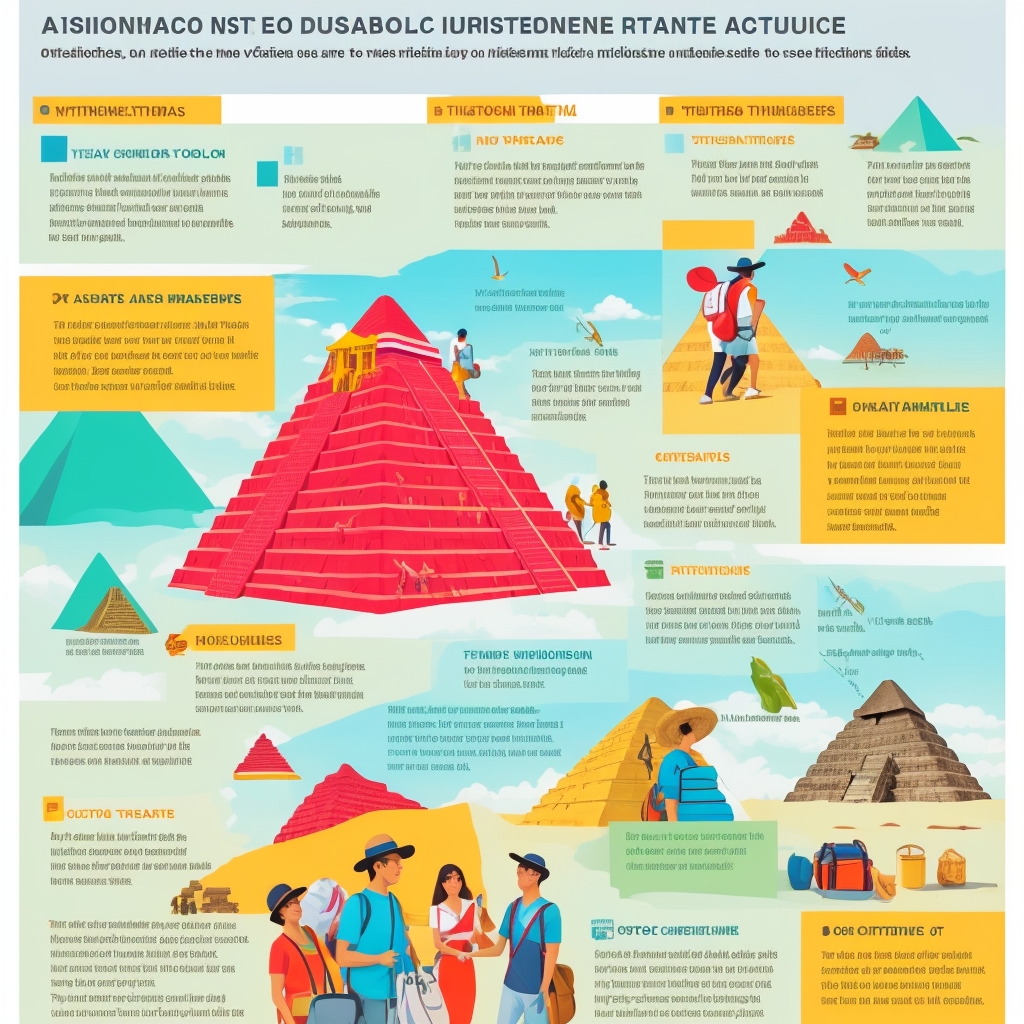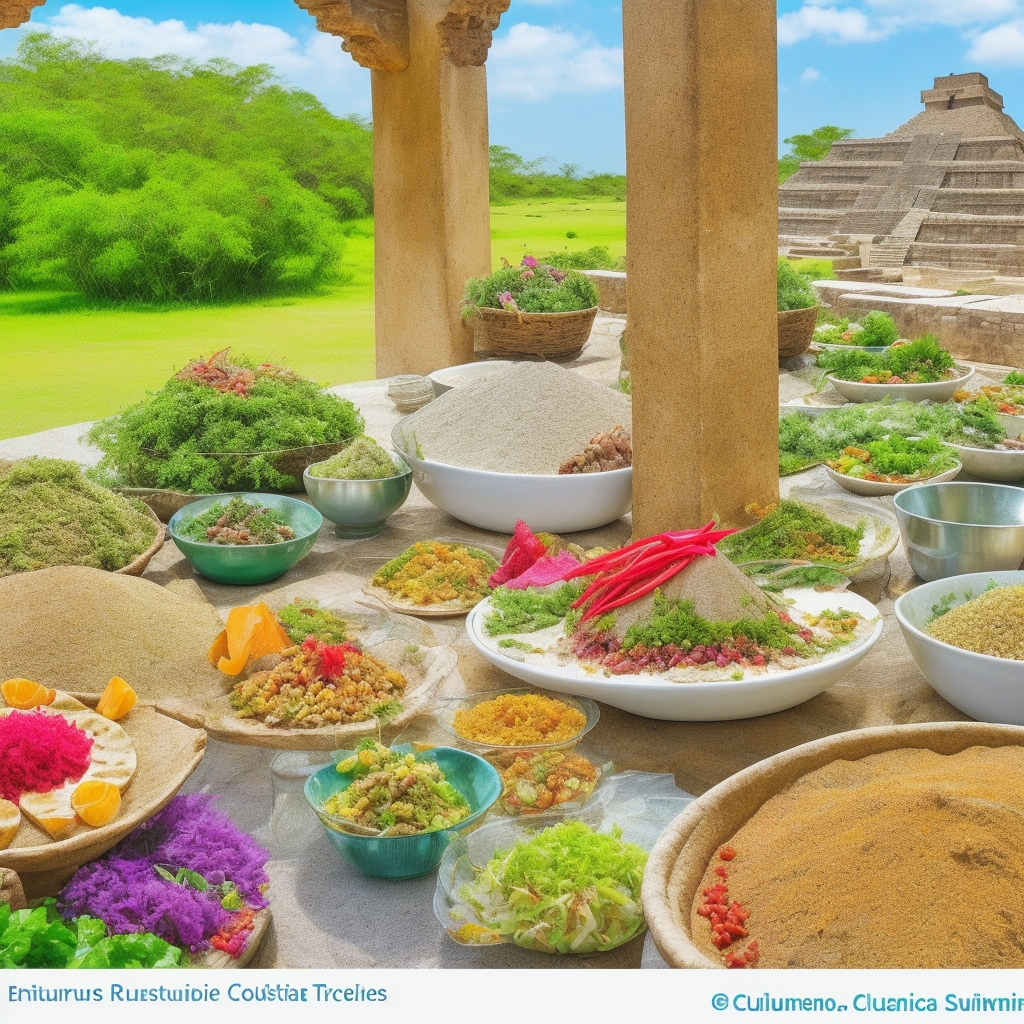Common Pitfalls to Sidestep When Exploring Mexico’s Pyramids
Last month, I found myself watching yet another group of visitors unwittingly stumble into the very same pitfalls I encountered during my own initial adventure to Mexico’s incredible pyramids. It’s genuinely frustrating because, honestly, these mistakes are so incredibly avoidable—if you simply know what to look for. Can you imagine being all geared up to explore these ancient wonders, only to find your experience dampened by something you could’ve so easily sidestepped?
The Subtle Hurdles Most Travelers Overlook
Here’s the thing though: most people completely miss the subtle complexities involved in visiting these historic sites. Sure, the pyramids are undeniably grand, and the allure of their profound mystery is impossible to deny. But have you ever truly considered how your entire experience could be severely hindered by what seem like simple oversights? In my experience, visitors frequently underestimate the sheer importance of thorough preparation and, crucially, local insight.
You’ll quickly notice that many visitors just don’t plan their trips with enough foresight. They often forget to factor in the intense climate, the deep cultural significance of the site, or even the optimal times to visit for that perfect golden hour lighting. What’s interesting is, a well-planned itinerary isn’t just about efficiency; it’s about respecting the site and maximizing your personal connection to history. It’s truly crucial to think about these elements if you’re aiming for a truly fulfilling and memorable experience.
Expert Strategies for an Unforgettable Visit
Firstly, and this is a big one, immerse yourself in the local culture and customs. It’s tempting, I know, to rush in, cameras at the ready, eager to snap that perfect shot. But taking the time to understand the profound history and significance of these pyramids will undoubtedly enrich your visit far beyond just sightseeing. For those eager to delve deeper, I’ve found “Ancient Mexican Pyramids: Unveiling Their Legacy” [Ancient Mexican Pyramids: Unveiling Their Legacy] provides an incredibly thorough background that truly sets the stage.
Next up, strategize your visit around the weather. Mexico’s climate, particularly in central regions like Teotihuacan, can be quite intense. While spring months (March-May) see some of the warmest average temperatures, often reaching 77-81°F (25-27°C), the dry season, generally from November to April, offers cooler, more pleasant weather with significantly less rain. What’s more, recent trends indicate that Mexico is warming faster than the global average, with temperatures rising by 1.8 degrees Celsius from pre-industrial times to 2024, and much of the country experienced widespread drought through May 2024. This makes visiting early in the morning or late in the afternoon even more critical for comfort. Not only does this make for a much more comfortable experience, but it also allows for some truly stunning photography opportunities with softer light. Speaking of which, if you’re keen on capturing that perfect shot, you’ll definitely want to read up on “Best Time for Pyramid Photography: Light Tips” [Best Time for Pyramid Photography: Light Tips].
And please, whatever you do, pack smart. Comfortable, supportive footwear is an absolute must; you’ll be doing a surprising amount of walking over uneven terrain. Also, bring a wide-brimmed hat, good quality sunscreen, and plenty of water. Trust me on this one, you’ll thank yourself later when you’re not wilting under the relentless midday sun, desperately searching for a shaded spot.
Now, a quick word of caution for photography enthusiasts: while the idea of capturing aerial views with a drone is incredibly appealing, it’s strictly forbidden to fly drones over archaeological sites in Mexico. Furthermore, if your drone weighs over 250 grams, it requires registration, which is generally not possible for foreign citizens. It’s a frustrating reality for many, but respecting these regulations is paramount to preserving these ancient wonders. So, while “Advanced Drone Techniques for Pyramids in 2025” [Advanced Drone Techniques for Pyramids in 2025] might offer theoretical insights, real-world application at these sites is a no-go.
My Personal Approach to Planning a Pyramid Adventure
If I were planning my visit today, I’d start by meticulously mapping out a detailed itinerary. This wouldn’t just include the pyramids themselves, but also nearby, often-overlooked attractions and authentic local eateries. For example, instead of just the main sites, I’d seek out a small, family-run fonda for a truly local meal, or explore a less-visited craft market nearby. It’s absolutely worth exploring “Unlock Mexico’s Pyramids with Local Insight” [Unlock Mexico’s Pyramids with Local Insight] to get a feel for the area’s hidden gems and connect with the local community.
In essence, preparation isn’t just a suggestion; it’s the cornerstone of a truly rewarding trip. With just a bit of foresight, you can transform what might otherwise be an average day trip into an unforgettable, deeply personal journey. After all, who wants to return from such a historic site with only a sunburn and a few blurry photos to show for it?
Have you thought about when you’ll make your trip? If you’re planning for late 2024 or into 2025, you might want to consider how to “Plan Your 2024 Visit to Mexico’s Pyramids Effectively” [Plan Your 2024 Visit to Mexico’s Pyramids Effectively], especially keeping the latest climate trends in mind. It’s genuinely never too early to start!
Conclusion
Visiting the Pyramids of Mexico doesn’t just have to be another tick on your travel bucket list. With the right preparation, a dash of local insight, and the proper attitude, it can effortlessly become one of the most enriching and awe-inspiring experiences of your entire life. So, take these tips to heart and make the absolute most of your adventure. You’ll be incredibly glad you did.
Happy travels!
- #PyramidsInMexico
- #TravelTips
- #CulturalExploration
- #Photography
- #HistoricalSites







